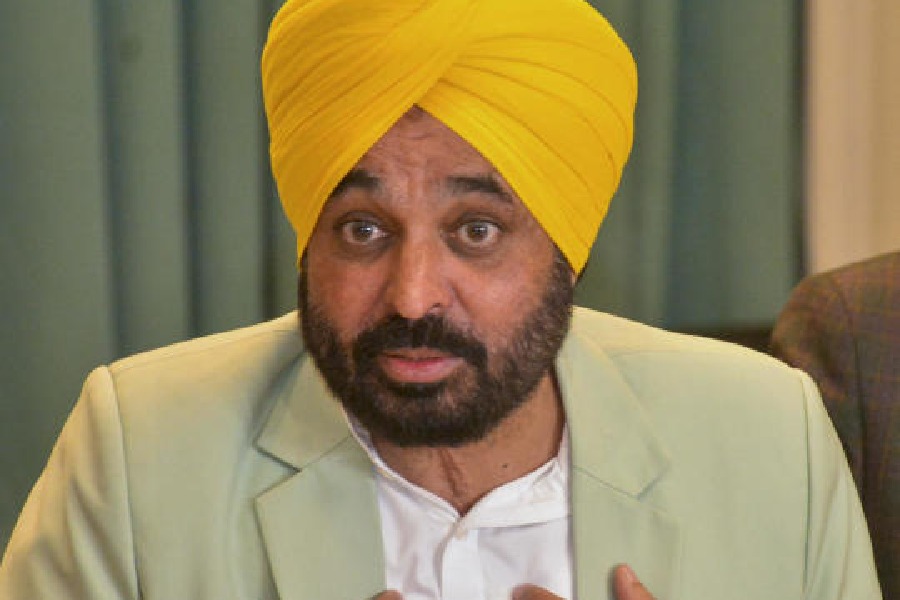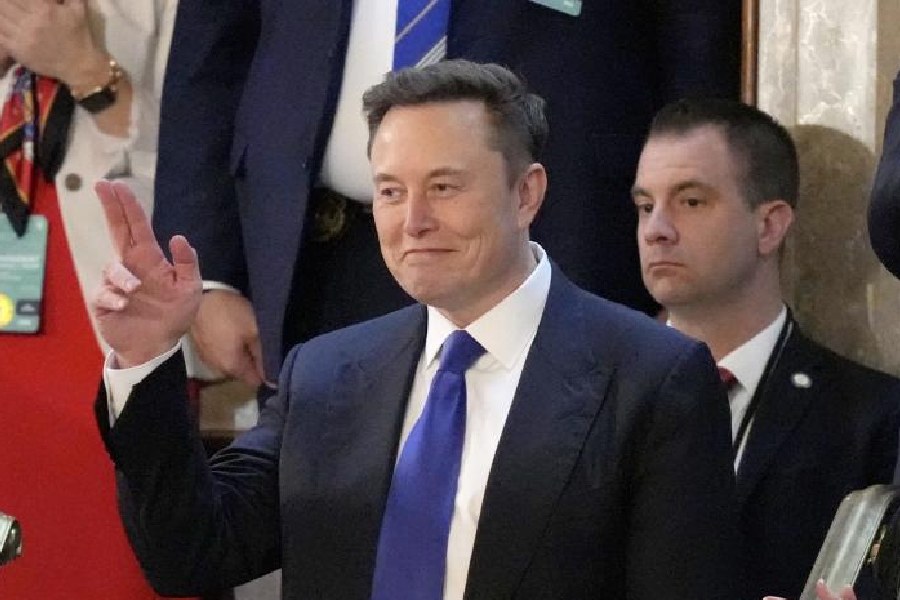The Union cabinet has approved India’s updated climate actions that pledge a mass movement for sustainable living and steeper targets for energy efficiency and non-fossil fuel electricity by 2030 than set seven years ago.
The updated Nationally Determined Contribution (NDC) — to be communicated to the United Nations Framework Convention on Climate Change under the 2015 Paris climate pact — outline how India will enhance its contributions to the global response to climate change.
Under the updated NDC, India will commit to reduce the emissions intensity of its gross domestic product by 45 per cent by 2030 from the 2005 level and achieve about 50 per cent of installed electricity from non-fossil fuel energy resources. India’s first intended NDC released in October 2015 had set an emissions intensity target of 35 per cent and 40 per cent non-fossil fuel electricity by 2030.
The updated NDC has also pledged “a healthy and sustainable way of living based on traditions and values of conservation and moderation” and including a mass movement focused on lifestyle for the environment as a key to combating climate change.
“India has progressively continued decoupling economic growth from greenhouse gas emissions,” the Union environment ministry said, adding that the update is a step towards achieving India’s long-term goal of reaching net-zero emissions by 2070.
The environment ministry said India hopes to achieve these targets “with the help of technology transfer and low-cost international finance” that developing countries were supposed to receive from the developed countries under the global climate pact.
“India’s climate actions have so far been largely financed from domestic resources,” the environment ministry said in a note explaining the updated NDCs.











